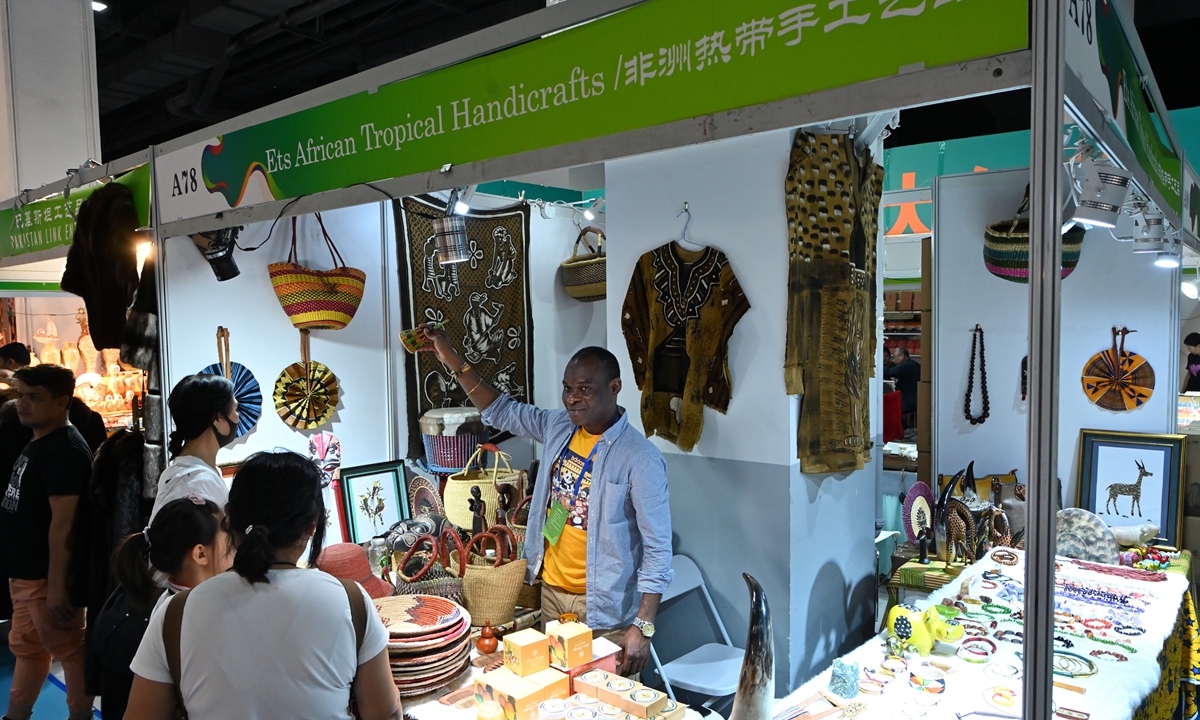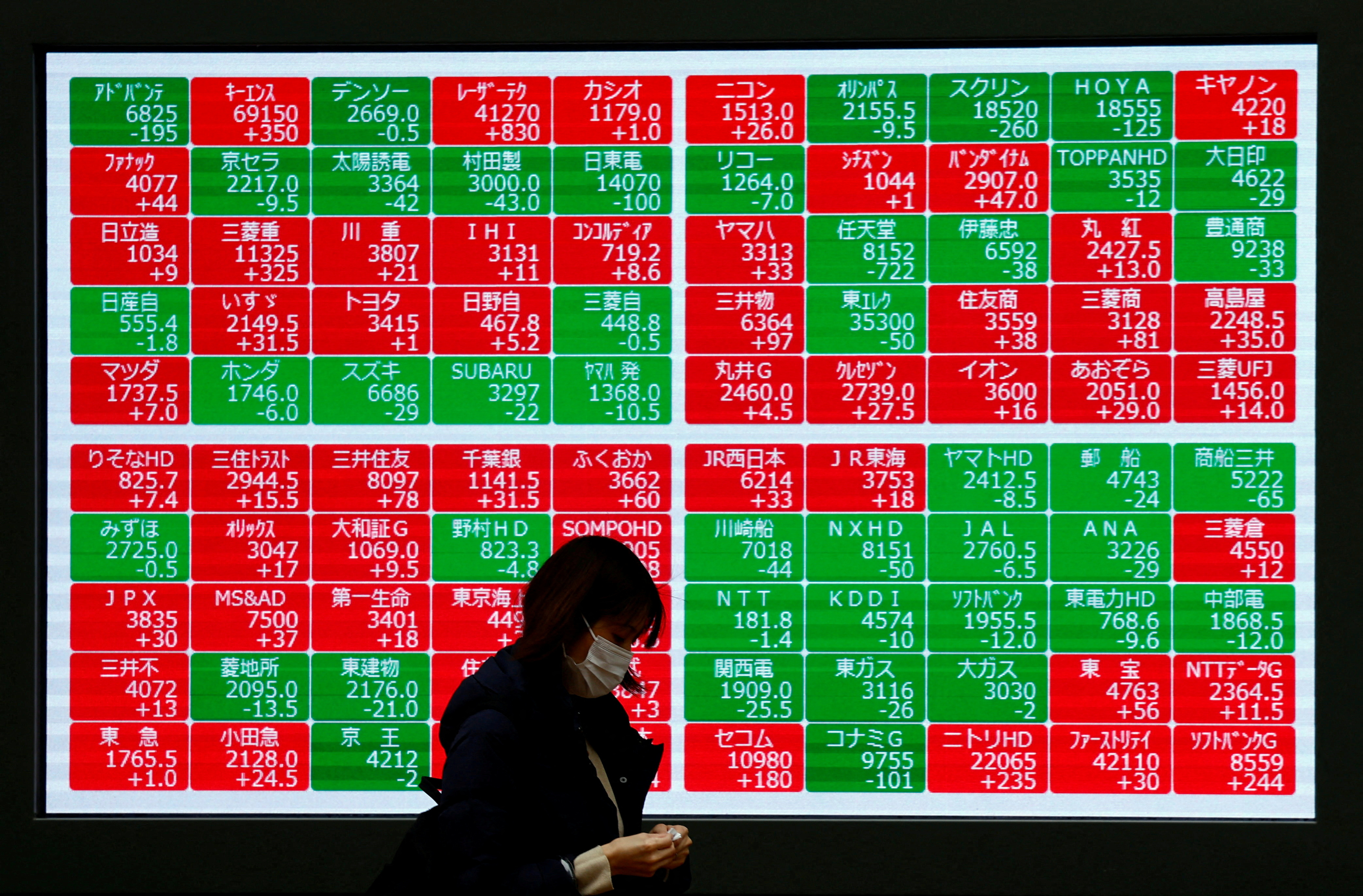
An African exhibitor showcases handicrafts at the 7th Inner Mongolia Autonomous Region Cultural Industry Expo Fair

Introduction
The zero-tariff treatment granted by China to six least-developed African countries has officially taken effect. This move is expected to enhance trade between China and Africa and demonstrate China’s cooperation with other markets. The implementation of this policy aligns with China’s commitment to the Sustainable Development Goals (SDGs) and its responsibility under the WTO-led Aid for Trade Initiative.
Implications for Trade
The Customs Tariff Commission of the State Council announced that 98 percent of taxable products from Angola, The Gambia, the Democratic Republic of the Congo (DRC), Madagascar, Mali, and Mauritania would be exempt from import tariffs. This measure will provide these countries with opportunities to expand their sales channels, generate foreign exchange reserves, and create jobs. It will also contribute to Africa’s self-development and integration into global supply chains.
Previous Benefits and Future Expansion
Over the past two years, 21 African countries have already benefited from China’s elimination of tariffs on 98 percent of their taxable products. China plans to expand its zero-tariff treatment to all the least-developed countries with which it has established diplomatic relations. This expansion aligns with China’s commitment to building a high-quality China-Africa community with a shared future.
Post-Pandemic Economic Recovery
The zero-tariff treatment will not only boost bilateral trade but also support African countries in their post-pandemic economic recoveries. This tax exemption is a major implementation of China’s commitments made at the 8th Forum on China-Africa Cooperation held in 2021.
Promoting High-Quality African Products
The tax exemption will promote trade, especially in the booming agricultural sector, and enable more high-quality African products to enter the Chinese market at competitive prices. China’s agricultural imports from Africa have been increasing, and the tax exemption will further strengthen this trade relationship.
Benefits for China
For China, new sources of agricultural imports can enhance food security and diversify import sources. Additionally, the internationalization of the yuan will gain momentum. The 98 percent of taxable products cover a wide range of food commodities and non-food crops, providing China with access to various resources.
Demonstration Effect and Global South Cooperation
The zero-tariff treatment will have a demonstration effect on China’s exchanges with other markets, especially the Global South countries. China’s cooperation with African countries can serve as a reference for its cooperation with other least-developed countries in the Global South. This cooperation can help optimize product supply capacity and further integrate these countries into global industry chains.
SDGs, Targets, and Indicators
-
SDG 1: No Poverty
- Target 1.1: By 2030, eradicate extreme poverty for all people everywhere
- Indicator 1.1.1: Proportion of population living below the international poverty line
-
SDG 2: Zero Hunger
- Target 2.3: By 2030, double the agricultural productivity and incomes of small-scale food producers
- Indicator 2.3.1: Volume of production per labor unit by classes of farming/pastoral/forestry enterprise size
-
SDG 8: Decent Work and Economic Growth
- Target 8.1: Sustain per capita economic growth in accordance with national circumstances and, in particular, at least 7 percent gross domestic product growth per annum in the least developed countries
- Indicator 8.1.1: Annual growth rate of real GDP per capita
-
SDG 9: Industry, Innovation, and Infrastructure
- Target 9.3: Increase the access of small-scale industrial and other enterprises, in particular in developing countries, to financial services, including affordable credit, and their integration into value chains and markets
- Indicator 9.3.1: Proportion of small-scale industries in total industry value added
-
SDG 17: Partnerships for the Goals
- Target 17.11: Significantly increase the exports of developing countries, in particular with a view to doubling the least developed countries’ share of global exports by 2020
- Indicator 17.11.1: Developing countries’ and least developed countries’ share of global exports
Analysis
The issues highlighted in the article are related to trade and economic cooperation between China and African countries. Based on the content, the following SDGs, targets, and indicators can be identified:
1. SDG 1: No Poverty
The article mentions that the zero-tariff treatment for African countries can help them expand sales channels, generate foreign exchange reserves, and create jobs. These outcomes contribute to reducing poverty (Target 1.1) and can be measured using the indicator of the proportion of population living below the international poverty line (Indicator 1.1.1).
2. SDG 2: Zero Hunger
The article states that the tax exemption policy will boost trade, especially for the booming agricultural sector, and promote more high-quality African products to enter the Chinese market. This contributes to increasing agricultural productivity and incomes of small-scale food producers (Target 2.3) and can be measured using the indicator of volume of production per labor unit by classes of farming/pastoral/forestry enterprise size (Indicator 2.3.1).
3. SDG 8: Decent Work and Economic Growth
The article highlights that the zero-tariff treatment will bolster trade between China and Africa, contributing to economic growth. This aligns with the target of sustaining per capita economic growth, particularly in least developed countries (Target 8.1), which can be measured using the indicator of annual growth rate of real GDP per capita (Indicator 8.1.1).
4. SDG 9: Industry, Innovation, and Infrastructure
The article mentions that the tax exemption will help small-scale industries in developing countries, including African countries, to access financial services and integrate into value chains and markets. This aligns with the target of increasing the access of small-scale industrial and other enterprises to financial services (Target 9.3) and can be measured using the indicator of the proportion of small-scale industries in total industry value added (Indicator 9.3.1).
5. SDG 17: Partnerships for the Goals
The article states that the zero-tariff treatment will have a demonstration effect on China’s exchanges with other markets, especially the Global South countries. This aligns with the target of significantly increasing the exports of developing countries, particularly the least developed countries (Target 17.11), which can be measured using the indicator of developing countries’ and least developed countries’ share of global exports (Indicator 17.11.1).
Table: SDGs, Targets, and Indicators
| SDGs | Targets | Indicators |
|---|---|---|
| SDG 1: No Poverty | Target 1.1: By 2030, eradicate extreme poverty for all people everywhere | Indicator 1.1.1: Proportion of population living below the international poverty line |
| SDG 2: Zero Hunger | Target 2.3: By 2030, double the agricultural productivity and incomes of small-scale food producers | Indicator 2.3.1: Volume of production per labor unit by classes of farming/pastoral/forestry enterprise size |
| SDG 8: Decent Work and Economic Growth | Target 8.1: Sustain per capita economic growth in accordance with national circumstances and, in particular, at least 7 percent gross domestic product growth per annum in the least developed countries | Indicator 8.1.1: Annual growth rate of real GDP per capita |
| SDG 9: Industry, Innovation, and Infrastructure | Target 9.3: Increase the access of small-scale industrial and other enterprises, in particular in developing countries, to financial services, including affordable credit, and their integration into value chains and markets | Indicator 9.3.1: Proportion of small-scale industries in total industry value added |
| SDG 17: Partnerships for the Goals | Target 17.11: Significantly increase the exports of developing countries, in particular with a view to doubling the least developed countries’ share of global exports by 2020 | Indicator 17.11.1: Developing countries’ and least developed countries’ share of global exports |
Source: globaltimes.cn







